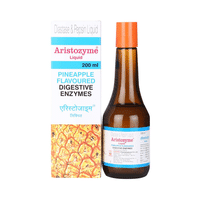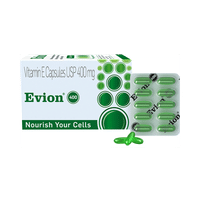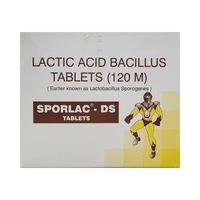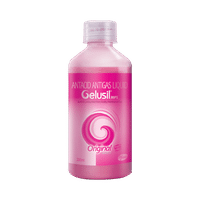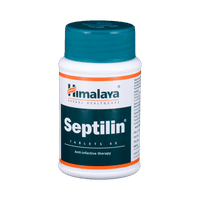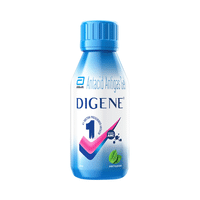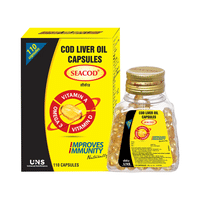Clavlin-CV Injection

Rs.878for 1 vial(s) (1 Injection each)
food interaction for Clavlin-CV
alcohol interaction for Clavlin-CV
pregnancy interaction for Clavlin-CV
lactation interaction for Clavlin-CV
food
alcohol
pregnancy
lactation
No interaction found/established
Consuming alcohol with Clavlin-CV Injection does not cause any harmful side effects.
SAFE
Clavlin-CV Injection is generally considered safe to use during pregnancy. Animal studies have shown low or no adverse effects to the developing baby; however, there are limited human studies.
SAFE IF PRESCRIBED
Clavlin-CV Injection is safe to use during breastfeeding. Human studies suggest that the drug does not pass into the breastmilk in a significant amount and is not harmful to the baby.
SAFE IF PRESCRIBED
SALT INFORMATION FOR Clavlin-CV
Ticarcillin(3000mg)
Uses
Ticarcillin is used in the treatment of bacterial infections and severe bacterial infections.
How it works
Ticarcillin is an antibiotic. It kills bacteria by preventing them from forming the bacterial protective covering (cell wall) which is needed for them to survive.
Common side effects
Rash, Allergic reaction, Nausea, Diarrhea, Vomiting, Injection site reactions (pain, swelling, redness)
Clavulanic Acid(100mg)
Uses
Clavulanic Acid is used in the treatment of bacterial infections.
How it works
Clavulanic Acid is a beta-lactamase inhibitor. It works by blocking an enzyme (beta lactamase) produced by bacteria to inactivate antibiotics. This reduces resistance and enhances the activity of antibiotics against bacteria. It does not have any antibacterial activity of its own.
Common side effects
No common side effects seen
SUBSTITUTES FOR Clavlin-CV
23 Substitutes
23 Substitutes
Sorted By
 Rs. 895save 1% more per Injection
Rs. 895save 1% more per Injection Rs. 637.95save 30% more per Injection
Rs. 637.95save 30% more per Injection Rs. 885.65save 2% more per Injection
Rs. 885.65save 2% more per Injection Rs. 924pay 2% more per Injection
Rs. 924pay 2% more per Injection Rs. 999pay 10% more per Injection
Rs. 999pay 10% more per Injection
Expert advice FOR Clavlin-CV
- Ticarcillin is used to treat infections caused by bacteria.
- Finish the prescribed course, even if you start to feel better. Stopping it early may make the infection come back and harder to treat.
- Diarrhea may occur as a side effect. Taking probiotics along with Ticarcillin may help. Talk to your doctor if you notice bloody stools or develop abdominal cramps.
- Stop taking this medicine and inform your doctor immediately if you develop an itchy rash, swelling of the face, throat or tongue or breathing difficulties while taking it.
Frequently asked questions FOR Clavlin-CV
Ticarcillin
Q. What is Ticarcillin?
Ticarcillin is an antibiotic which belongs to the category of penicillins. It is always used along with clavulanic acid to treat bacterial infections.
Clavulanic Acid
Q. What is Clavulanic Acid?
Clavulanic Acid is a beta-lactamase inhibitor. It does not exert a clinically useful antibacterial effect on its own. It is used in combination with other antibiotics to increase their effect.
Q. Why is Clavulanic Acid used with amoxicillin?
Amoxicillin is a semisynthetic penicillin (beta-lactam antibiotic) that is easily broken down by beta-lactamase enzyme produced by some bacteria. Clavulanic Acid inactivates the beta-lactamase enzymes thereby preventing the breakdown of amoxicillin.













